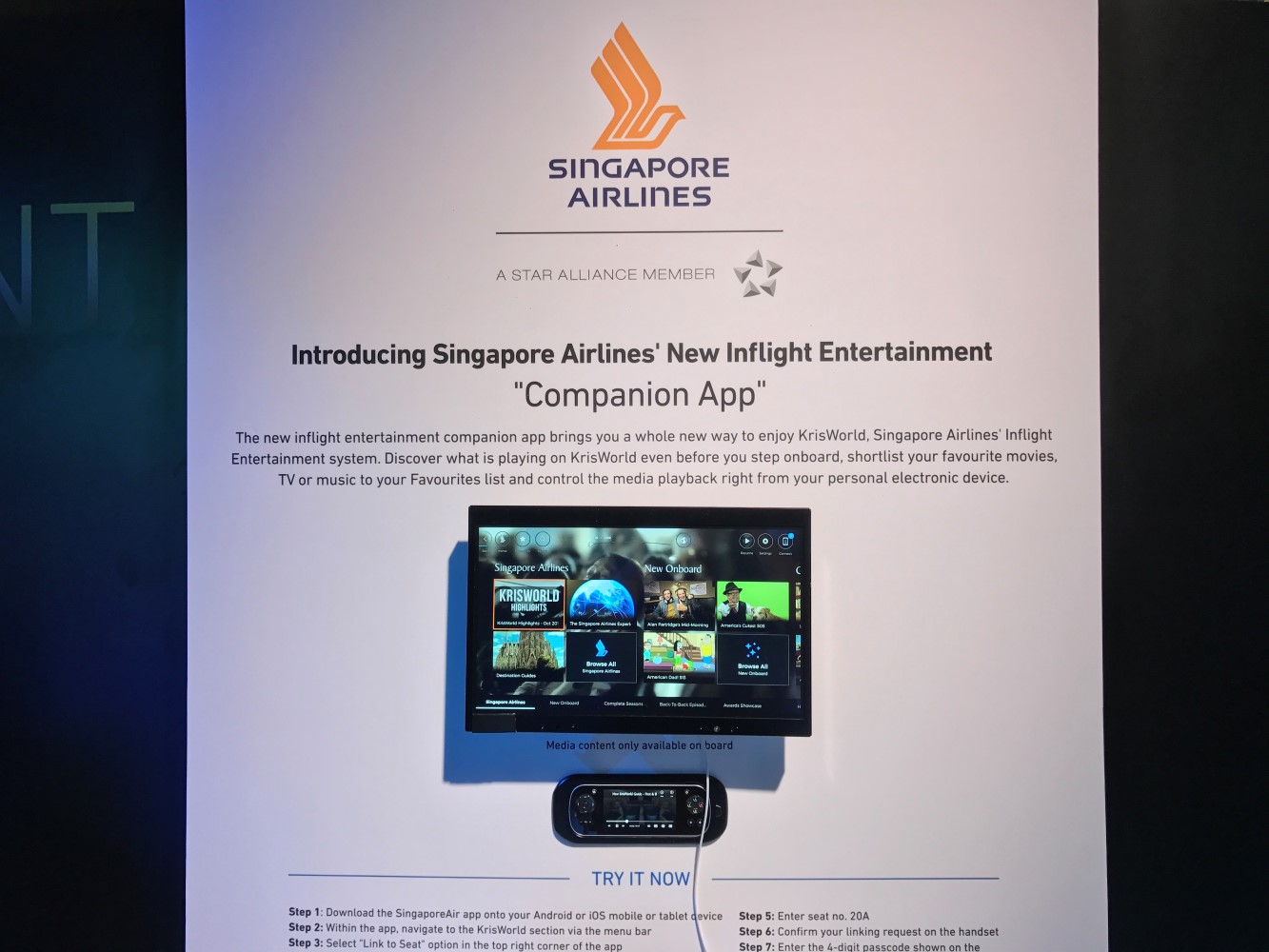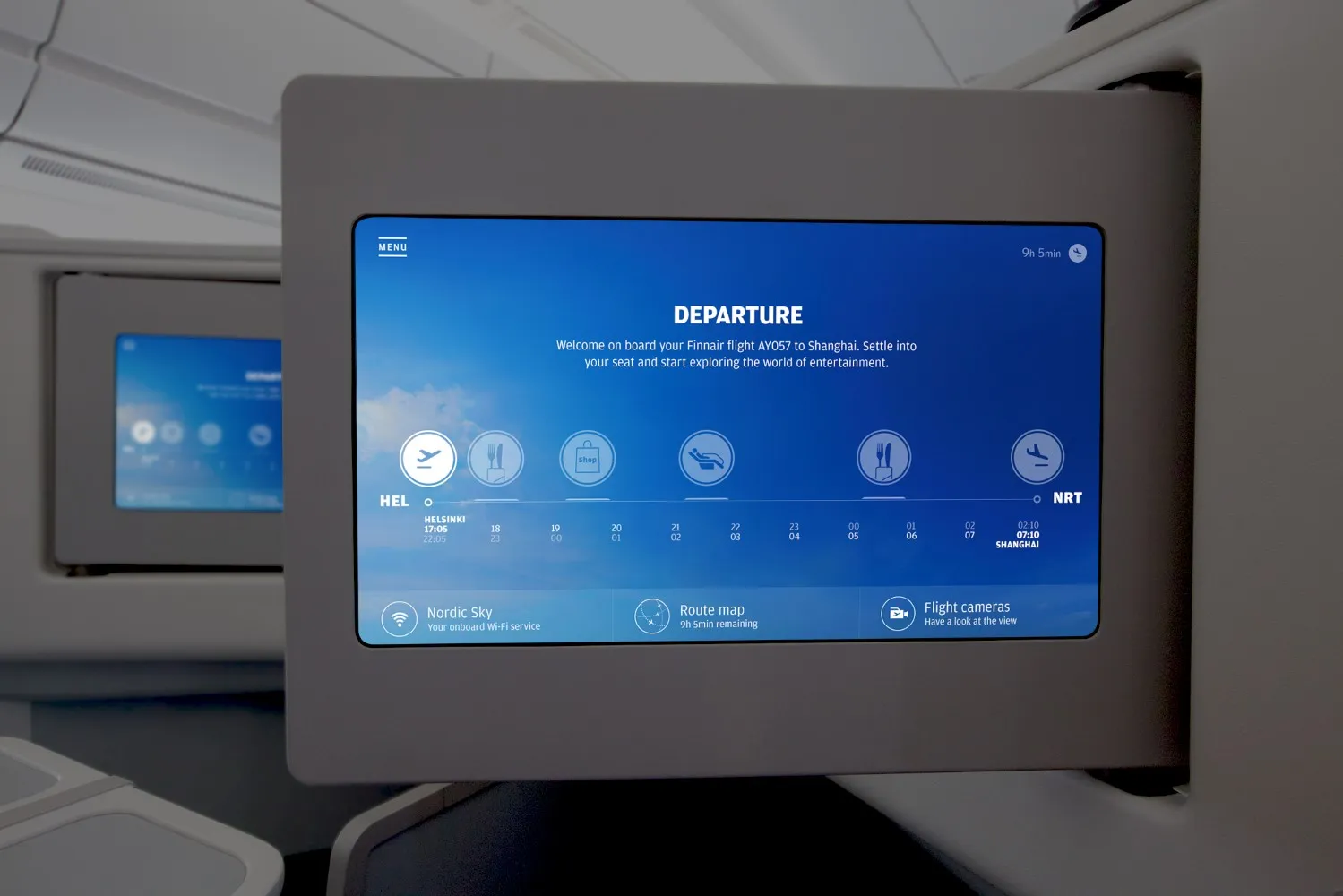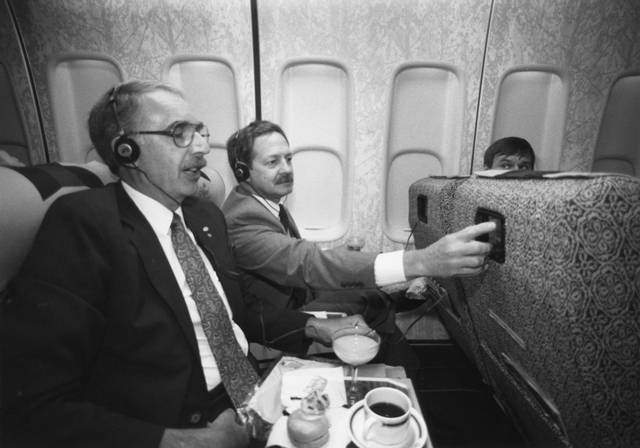2017 is set to be a renaissance year for the inflight entertainment industry. After the introduction of an avalanche of wireless streaming servers in set-it-and-forget-it boxes in overhead bins or galleys, this end of the BYOD market feels saturated. Providers of these kinds of portable systems will need to set themselves apart, while the opportunity for embedded systems has never been greater.
Technologically, there is a huge opportunity for airlines, content service providers and inflight entertainment system suppliers to match HD content and HD screens — whether in the seatback or on passengers’ own devices. After much hype and some inflight testing of virtual reality systems, expect a swing back towards traditional screens like passengers use with their own devices, but at a higher definition and with more companion apps. We’ll also see updates of inflight entertainment systems, both with major system updates from the hardware providers and with in-service upgrades to the user experience by airlines making best use of their existing seatback product.
Linking inflight entertainment with broadband connectivity systems will continue to gather pace as per-bit Internet costs come down, but linking systems with passengers’ headphones will become a real-world problem. Passengers will see more live content, and it will be more reliably available over more of the world. There’s also an opportunity for inflight entertainment providers to grab the integration bull by its horns and really start working with passengers’ own devices: expect via second- and third-screening, interactive games, customisation and more. Live tweeting of major sporting and cultural events online will become a real possibility rather than a newsworthy novelty.
It also seems like there is space in the market for a revolution in how airlines source content, particularly given the shift in at-home behaviour away from scheduled network programming to on-demand viewing and “recommended for you” movies or shows. And, as ancillary revenue continues to grow, so will the number of ways in which airlines get passengers to pay for it.
Internationalisation will grow as a focus area, particularly as more systems are upgraded to support modern standards of dubbed audio or subtitled content. There will be less of an excuse for an airline not offering content from outside its home market as more passengers start asking the “if Netflix can do it, why can’t you?” question, onboard storage becomes cheaper, and content loading becomes more dynamic.
Essentially, if a plane is rostered to fly New York-LA-Tokyo, airlines should be able to use ground and inflight content loading to ensure that interesting content relevant to that specific flight’s passenger mix and destination profile is loaded. Similarly, network carriers will be able to adjust their programming to ensure that, say, connecting flights from diaspora centres to global hubs with a particularly high concentration of passengers from that diaspora are well served.
Given the size of carriers and the growing number of quality film and television producers — Netflix and Amazon being the two most obvious ones — content service providers find themselves ripe for disruption unless they can innovate and demonstrate the value they add to the process.
The looming threat for the inflight entertainment industry in 2017, though, is a refrain of the kind of penetration testing questions most recently raised by IOActive and strenuously denied by Panasonic Avionics. To be clear, the “hackers took over the plane from this seatback screen” claim is as salacious as it is unlikely. But it’s absolutely not beyond the realms of possibility for a smart penetration testing team to use a mixture of social engineering tactics and technological skills to gain access to areas they shouldn’t from a flight attendant or purser station panel. “Hackers stole passenger data” is a risk the commercial aviation industry, with its numerous linked legacy internal systems and significant proportion of external suppliers, may well need to address further.
In this Series:
- PaxEx 2017: Competing economy trends make for a blurry picture
- PaxEx 2017: Premium economy options move strength to strength
- PaxEx 2017: Business will continue pushing first class boundaries
- PaxEx 2017: As first class numbers shrink, the luxury will grow
- PaxEx 2017: A year of delivery for new connectivity systems
- PaxEx 2017: The airport of the future starts to arrive
Related Articles:
- From caterer to cabin: AirFi discusses logistics of portable wifi
- Pack your iPad for first-of-its-kind IFE on Singapore Airlines A350
- Apple’s headphone changes signal problem for airlines, IFE
- Future is now for one-stop digital marketplace IFE solutions
- $130b by 2020: what does the rise in ancillaries mean for #PaxEx?
- Panasonic looks to transform content loading with Zero Touch














